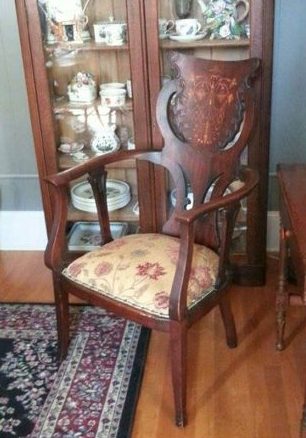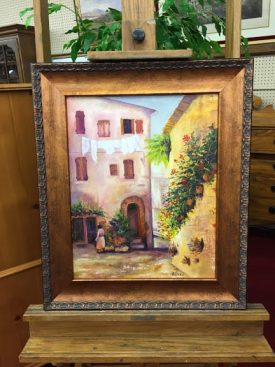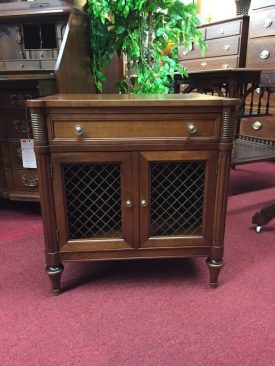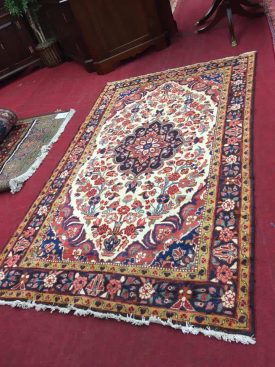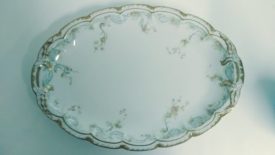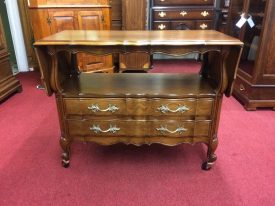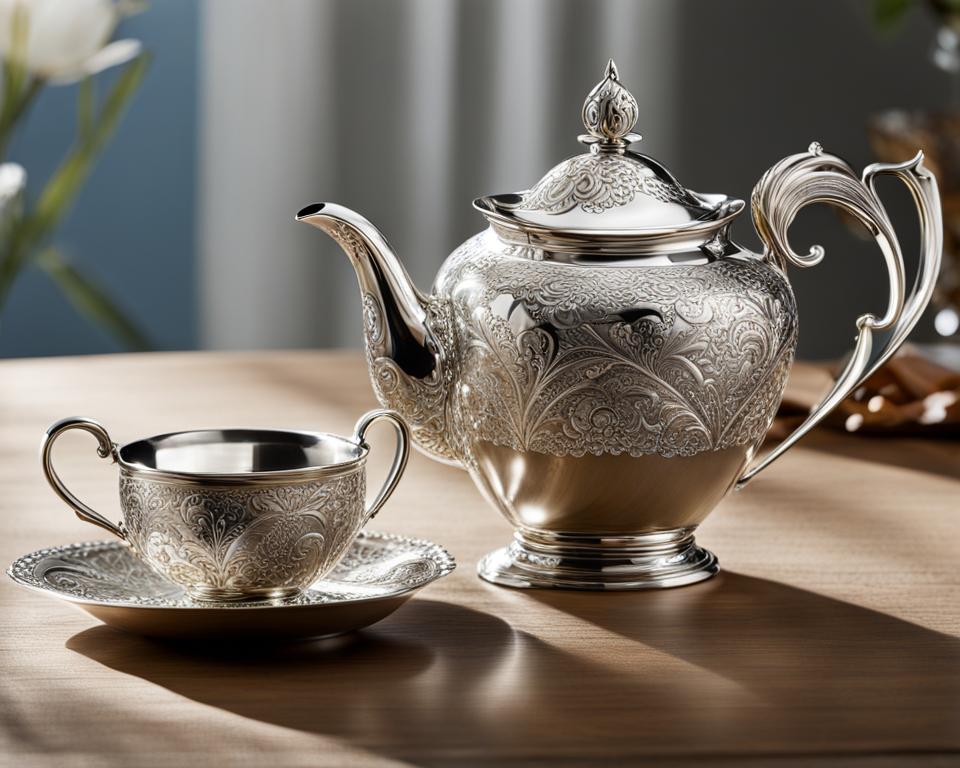How to Identify Antique Chairs
Antique Chairs are wonderful additions to any home, and can really take an ordinary room to extraordinary!
But, often, we want to know more about an antique chair we have inherited, purchased in a thrift or consignment shop, or have admired in a shop window for all too long.
There are so many types of antique chairs available, from accent rocking chairs to dining chairs, and of course, antique chairs were made in every country for thousands of years. Often, antique chairs signified the wealth and status of the owner.
Today, even the President’s chair sits two inches taller than the rest in the Oval office!
So, very elaborate antique chairs have a rich and unique story to tell. With these unique stories, we often ant to identify antique chairs by style, age or type.
Often, the first question we receive about chairs is, how old is my chair?
How to Date an Antique Chair
The first thing we have to do is examine the most visible parts of the antique chair. Often, this means feeling the seat, running our eyes and hands along the back of the chair and flipping the chair over to see how it is constructed.
If you see screws or modern components, of course, this is usually a telltale sign that the chair is a modern reproduction from the nineteenth, twentieth or twenty-first century.
Of course, vintage chairs still can hold value, especially if it is made by a reputable vintage maker! So, make sure you do your research if you see any manufacturers tags. (If you would like to learn more about the best Vintage Furniture Makers in the Country, please see this website: vintage furniture guide)
While the seat often gives us clues about an antique chair, often chairs go through multiple iterations in the upholstery department. In other words, just because a chair features modern foam and fabric, doesn’t mean that it does not have age.
While we often expect to see down or feather fillings in an old chair, we may also see many other components. This can include horse or pig hair, metal springs, straw or even old rags. Typically, as a rule, antique chairs of the 19th century or before feature feather down, horse hair and hand-tied springs within their seats and backs.
Another way to date an antique chair is to check the wooden frame. A wooden antique chair can tell quite the tale! Do you see marks of a chisel or hand tools? Are there fine woodworking methods like dowel joints? Sometimes these clues signify that the chair was built during or before the 19th century.
Antique Chair Styles
Of course, construction is just one element we use to date an antique chair. It is also important to understand the stylistic features of different antique chair periods to be sure that the chair fits the time period.
In order to limit the length of this article, we will limit our discussion to common American Chair Styles.
Federal Period Chairs
Federal Period Chairs were made during the Federal Period in the United States, or roughly 1770-1830. During this period, many furniture and decoration styles mimicked that of England, but may have started to diverge slightly…. Below are some of the most common style Federal Period Chairs that existed.
Antique Chippendale Chairs
Antique Chippendale Chairs featured elaborate carved back splats, often with elegant curves and sinuous decorations. Often, antique Chippendale chairs have curved legs with equally elaborate feet. It is not uncommon to see “ball and claw” features on the end of curvy legs of a Chippendale chair. However, you may also see a more subdued straight leg.
Additionally, most Chippendale Chairs from the Federal period were made out of mahogany, although you may see some American Walnut from time to time.
Antique Queen Anne Chairs
Antique Queen Anne Chairs have a slightly more subdued look than the common Chippendale Chair. You may see a carved shell on the top of an antique Queen Anne Chair. Though, commonly, there may simply be less carvings overall.
The back-splat (or middle section of the back of the chair) may have a vase-shaped splat. Many true Federal Queen Anne Chairs had scroll shaped designs that further decorated this part of the chair.
Finally, antique Queen Anne chairs often have swooping Cabriole style legs in the front and sometimes the back too. Often, a simple pad foot terminates this elegant chair.
One interesting thing to note, many 20th century manufacturers reproduced this style of dining chair for decades. In fact, it was one of the most common features of traditional dining room suites of the 1960’s through the 1990’s.
Antique Sheraton Chairs
Antique Sheraton Chairs can be identified in many ways. Typically, we will see straight or slightly tapered legs on an antique Sheraton chair.
Additionally, Sheraton chairs often have finely tooled fan shaped backs or inlaid elements. Thomas Sheraton specialized in feminine and Neoclassical revival designs. So, you may also see very pretty “egg and dart” inlay, swags and bows carved into the chairs and thin elongated components making up the backs of these antique chairs.
The curved fan back was also a popular Sheraton design. This chair shows a gently curved fan shaped back, and often will have finely tooled rungs that appear to converge in the middle of the chair.
Antique Windsor Chairs
Antique Windsor chairs surprisingly sat outside for much of their history! Yes, that’s right. The first antique Windsor chairs were used as lightweight outdoor chairs that could be moved about!
Antique Windsor chairs evoke elegance and refinement. Commonly, continuous arm windsor chairs were designed in the 18th century, with one simple rung being used for the top and arms of the chair.
However, people also made early “Fan-back” and “Fiddle back” windsor chairs. Typically, we see several vertical rungs doweled through the seat of an antique windsor chair.
Antique Victorian Chairs
Antique chairs with tiny front wheels often puzzle their new owners! Antique Victorian chairs often have wheels on the front only, as the historic Parlor Room required people to gently lift their chairs and move them around when company arrived.
Simply put, Antique Victorian Chairs have a great look! Often, antique Victorian chairs have unique carved details on the frames. It is not unusual to see cupids, flowers, and animal faces on Antique Victorian Chairs.
The Victorian era brought a deep fascination with the Renaissance, and the French Rococo periods. So, many times, antique Victorian chairs feature these striking romantic features. (You often see this spilling into other Victorian Furniture, like Antique Wardrobes too!)
You may also see fancy upholstery. Deep tufted backs and round seats often decorate Victorian chairs. Additionally, you may see deep rich velvets, embroidery or rich tapestry-like fabrics on antique Victorian Chairs.
How much is my Antique Chair Worth
Antique values fluctuate like any other market. Often, antique dealers find that certain styles of chairs become popular and trendy and drive the price up, regardless of the age or quality!
True Period Chairs from the 18th Century or before may have a strong value for years to come. The finest 18th Century Chairs that were signed by famous furniture makers tend to find buyers and reach high prices on the auction block.
A friend of ours sold a genuine set of Chippendale Chairs, yes signed by Thomas Chippendale, at a famous auction house. She was happy with her 6 figure auction result!
However, most of us will never come to own this type of antique chair, or even come in contact with this caliber of antique chairs, except at a museum.
So, it is important to realize antique chairs of the everyday or ordinary type will be much less valuable. Often the value of an antique chair comes down to the condition.
Are the joints tight? Is the upholstery in good shape, clean and usable? Does the wood have any cracks, stains or discoloration?
Then, it comes down to beauty and style.
Does the chair have a good look? Are the carvings intricate and balanced? Does the artisan show great talent? Are there special features like inlay, fine carvings, ornate feet or a tall back?
Finally, the value of an antique chair always comes down to the popularity of the item and the home trends of today. In recent years, Antique Victorian chairs seem heavy and out of place in modern homes. Likewise, very formal carved Renaissance style thrones may only have a place in certain homes.
Antique Chairs Value
To be honest, you are in the best place to start when it comes to antique chair value. We update our listings everyday with antique chairs on the market today. So you can be up-to-date with what antique dealers are asking in terms of price and value on antique chairs!

